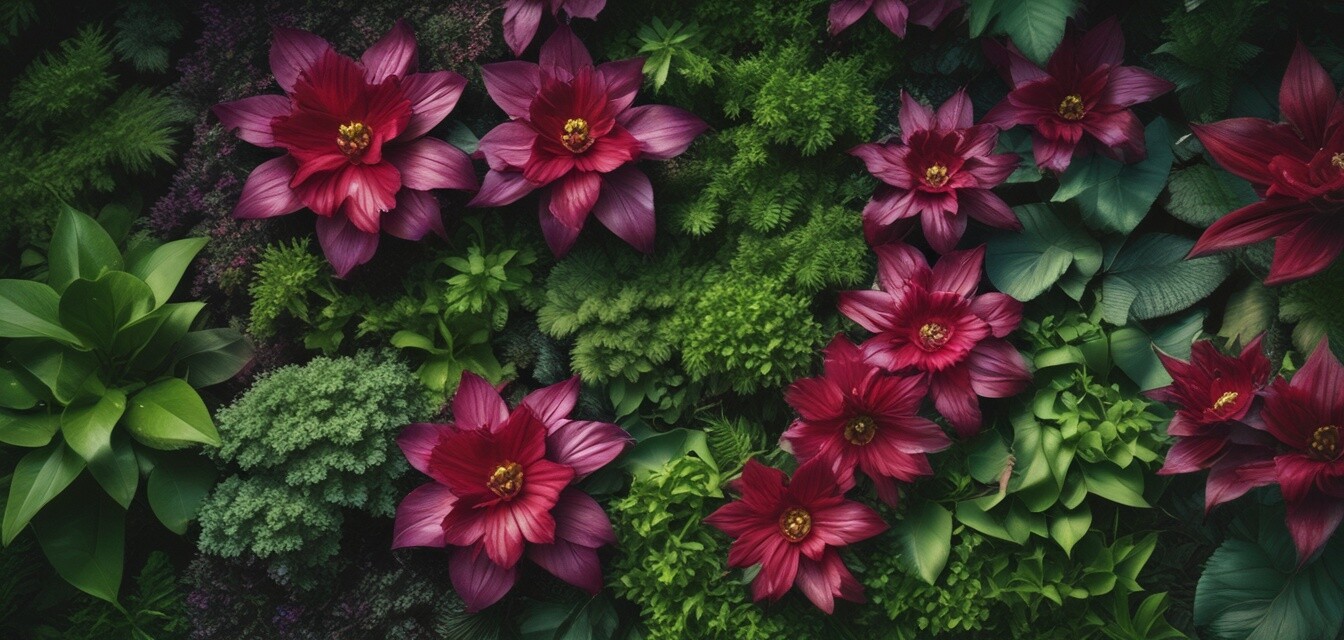
Best vertical gardening systems for small spaces
Key Takeaways
- Vertical gardening maximizes space by utilizing vertical areas for planting.
- There are various types of vertical gardening systems available, including wall-mounted planters, stacked pots, and trellises.
- Consider your available sunlight, plant types, and aesthetics when selecting a vertical garden system.
- Maintenance is essential for vertical gardens to ensure plants thrive.
- Vertical gardening can enhance your living environment while providing a fresh food source.
Vertical gardening systems are an ingenious solution for gardening enthusiasts with limited space. Whether you live in an apartment, a small house, or have a compact backyard, vertical gardens allow you to make the most of your available area. In this guide, we will explore various vertical gardening systems, their benefits, and the best practices to maximize your green space.
Why choose vertical gardening?
Vertical gardening offers numerous advantages, such as:
- Maximized planting area by utilizing walls, fences, and other vertical structures.
- Improved air circulation and light exposure for plants.
- Reduced risk of pests and certain plant diseases by elevating plants off the ground.
- Enhanced aesthetics that can transform dull walls into vibrant green spaces.
- Accessibility for care and maintenance, especially for those with mobility issues.
Types of vertical gardening systems
There are several types of vertical gardening systems to choose from, each suited for different environments and plant choices. Below, we will outline the most common systems:
| System Type | Description | Ideal Plants |
|---|---|---|
| Wall-mounted planters | Planters that attach directly to a wall, allowing for a flat-panel design. | Herbs, succulents, and small flowering plants. |
| Stacked pots | Planters stacked vertically, usually with drainage systems. | Strawberries, small vegetables, and perennial flowers. |
| Trellises | Support structures for climbing plants that offer vertical growth. | Cucumbers, peas, and decorative vines. |
| Pocket gardens | Soft containers designed to hold soil and plants; can be hung on walls. | Herbs and lightweight flowering plants. |
Choosing the right vertical gardening system
When selecting a vertical gardening system, consider the following factors:
- Available space: Measure the height and width of the area where you want to install your vertical garden.
- Sunlight exposure: Determine how much sunlight your chosen location receives throughout the day.
- Plant types: Choose plants that are suitable for vertical gardening and can thrive in your climatic conditions.
- Watering needs: Some vertical gardens may require more frequent watering, so consider a system that makes this easy.
- Aesthetics: Think about how the garden will fit into your existing decor and landscape.
Maintenance tips for vertical gardens
Maintaining a vertical garden requires care to keep plants healthy and flourishing. Here are some essential maintenance tips:
- Regularly check the plants for pests and diseases.
- Ensure proper watering and drainage; avoid waterlogging.
- Fertilize your plants as needed to support growth.
- Prune and deadhead plants to encourage new growth and manage size.
- Rotate or replace plants seasonally to keep your vertical garden vibrant.
Tips for beginners
- Start small: Begin with a few plants in a manageable area before expanding.
- Research plant compatibility: Not all plants thrive together—some may overshadow others.
- Utilize quality materials: Invest in durable planters that can withstand the elements.
- Educate yourself on plant care: Understanding your plants' needs will contribute to their success.
- Stay patient: It takes time for your vertical garden to grow and flourish.
Conclusion
Vertical gardening systems are perfect for maximizing limited space while allowing you to grow a diverse range of plants. By understanding the various systems available, their maintenance requirements, and choosing the right plants, you can create an impressive vertical garden that elevates your living environment. Explore our other guides in the Buying Guides section to learn more about gardening tools and materials, and begin your journey towards a lush and rewarding garden today!
Pros
- Maximizes limited space effectively.
- Enhances visual appeal and landscape aesthetics.
- Provides fresh herbs and vegetables in an accessible way.
- Improves air circulation for healthier plants.
Cons
- Higher maintenance compared to traditional gardens.
- May require a more considerable initial investment.
- All plants may not thrive in vertical setups.
- Possible need for additional watering and fertilization.